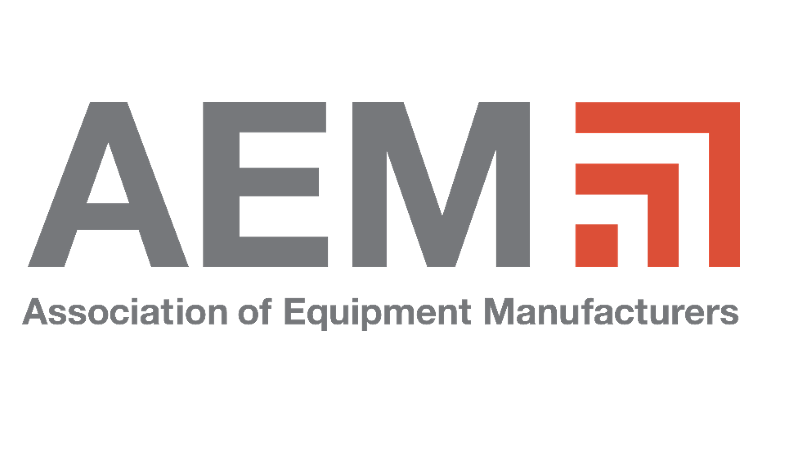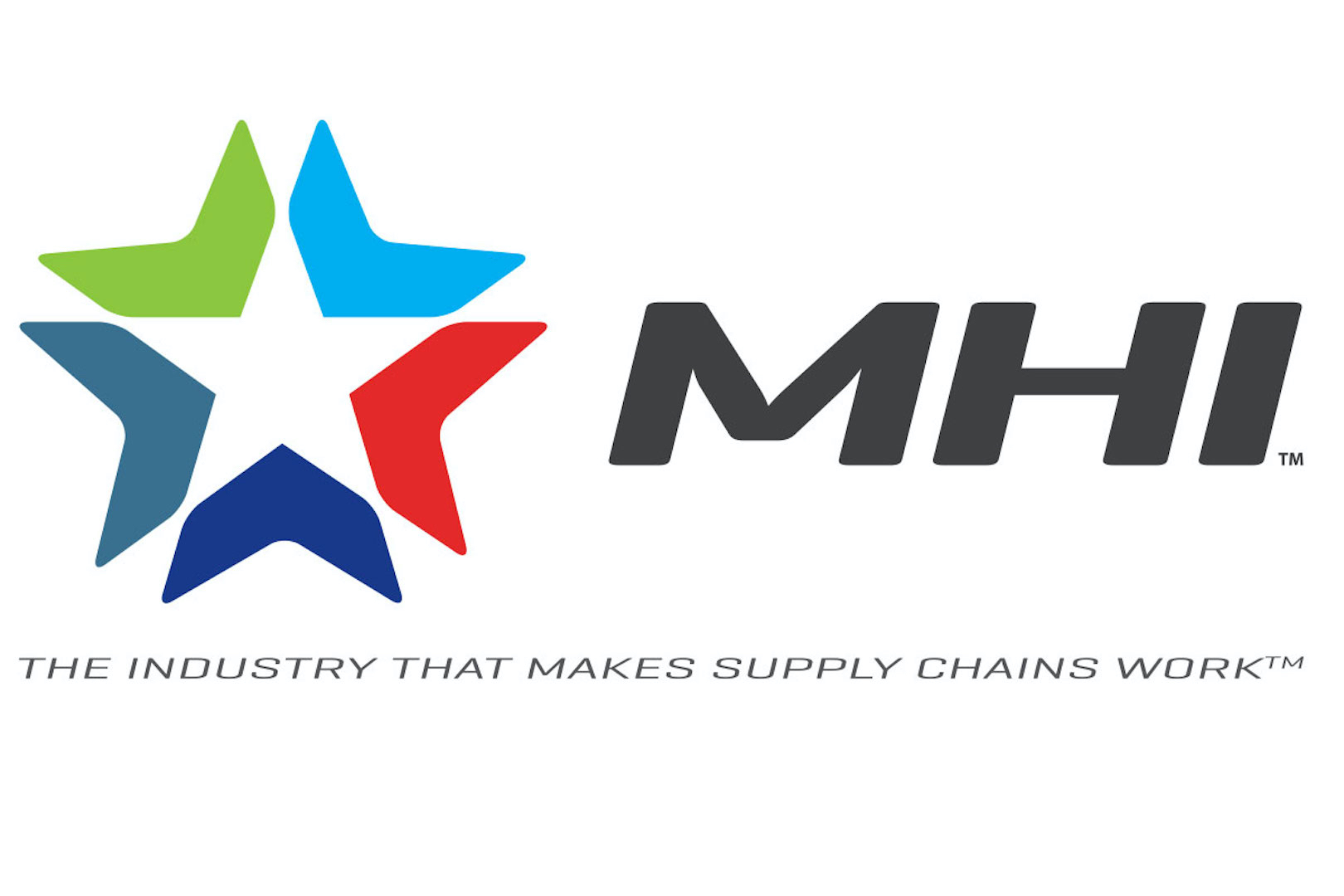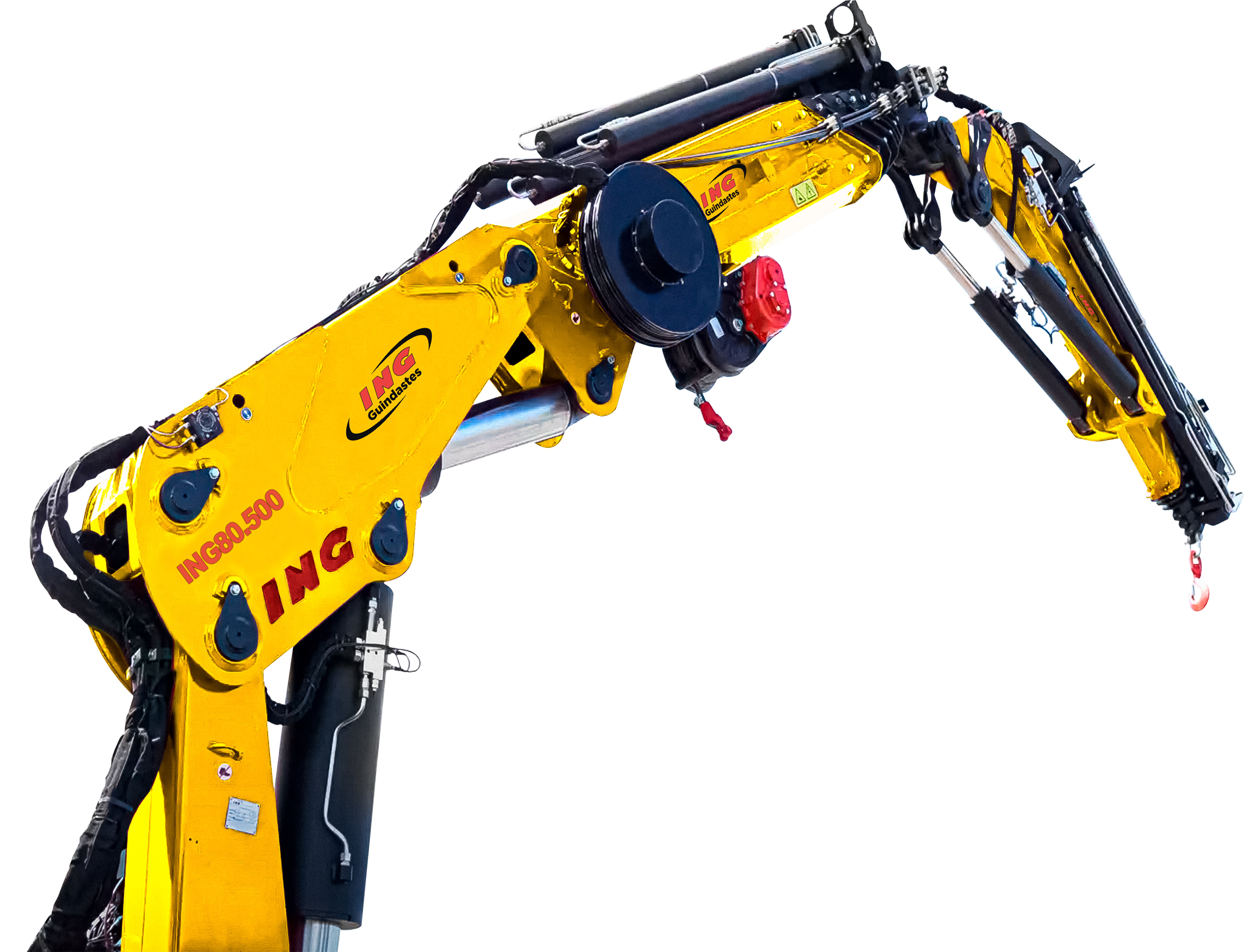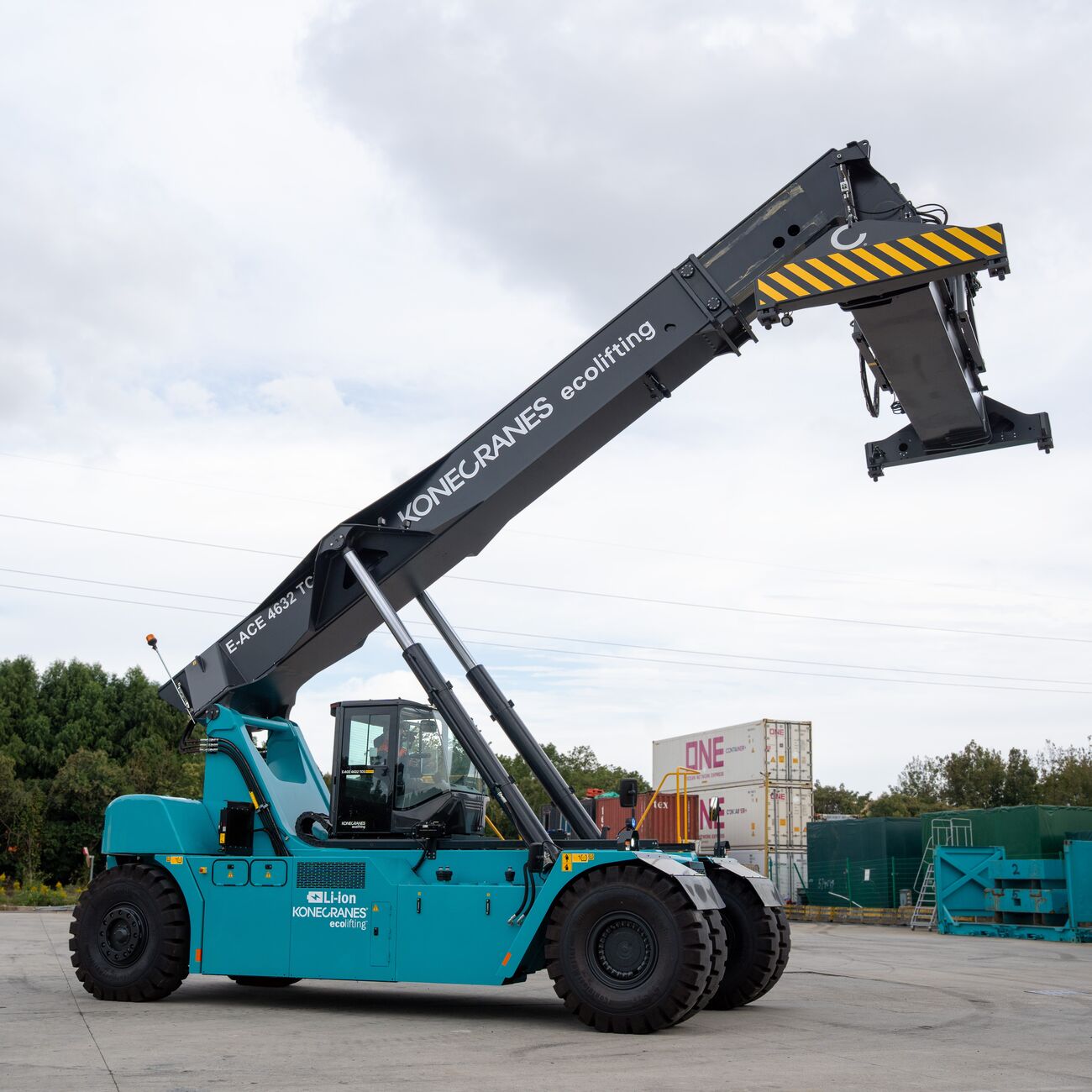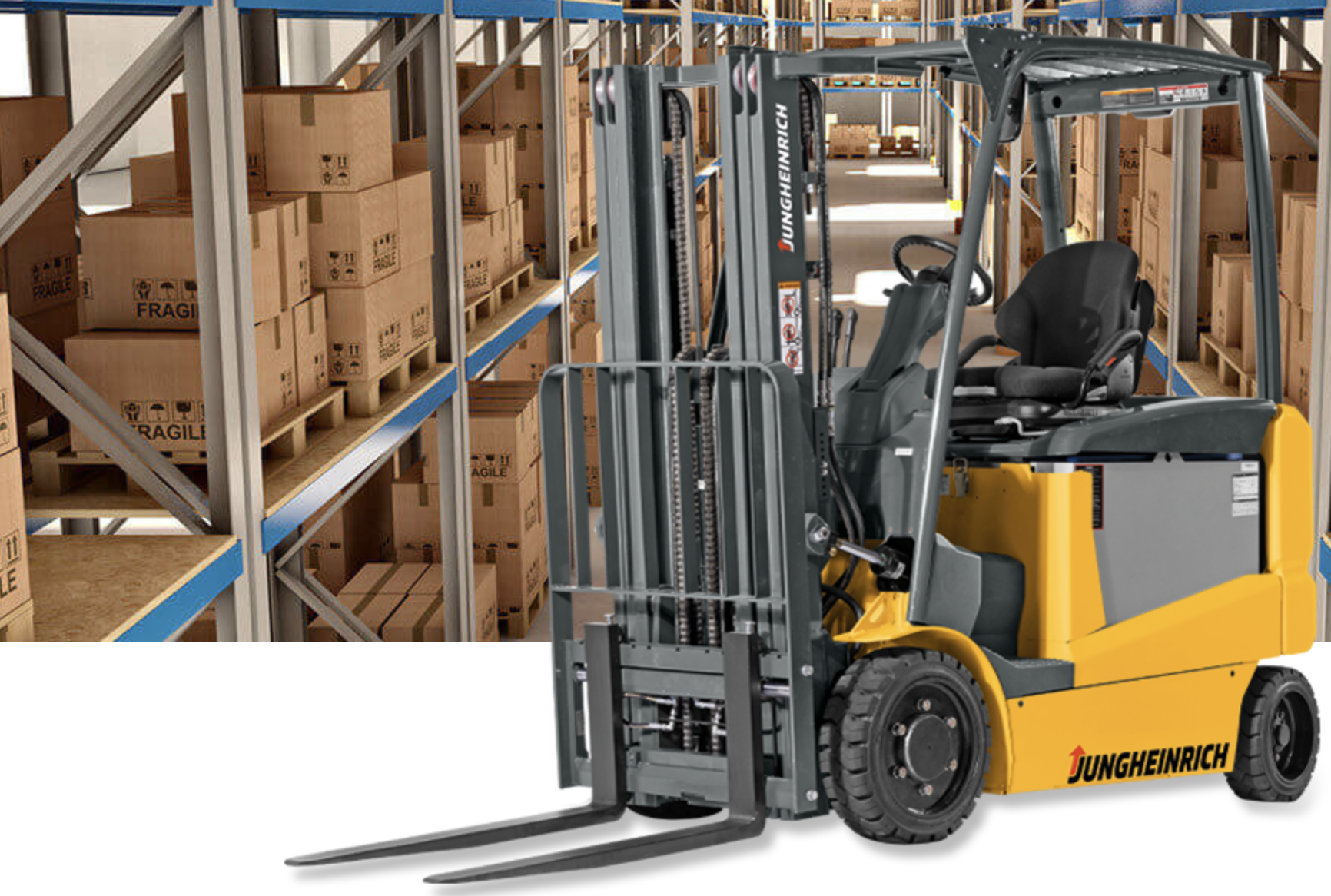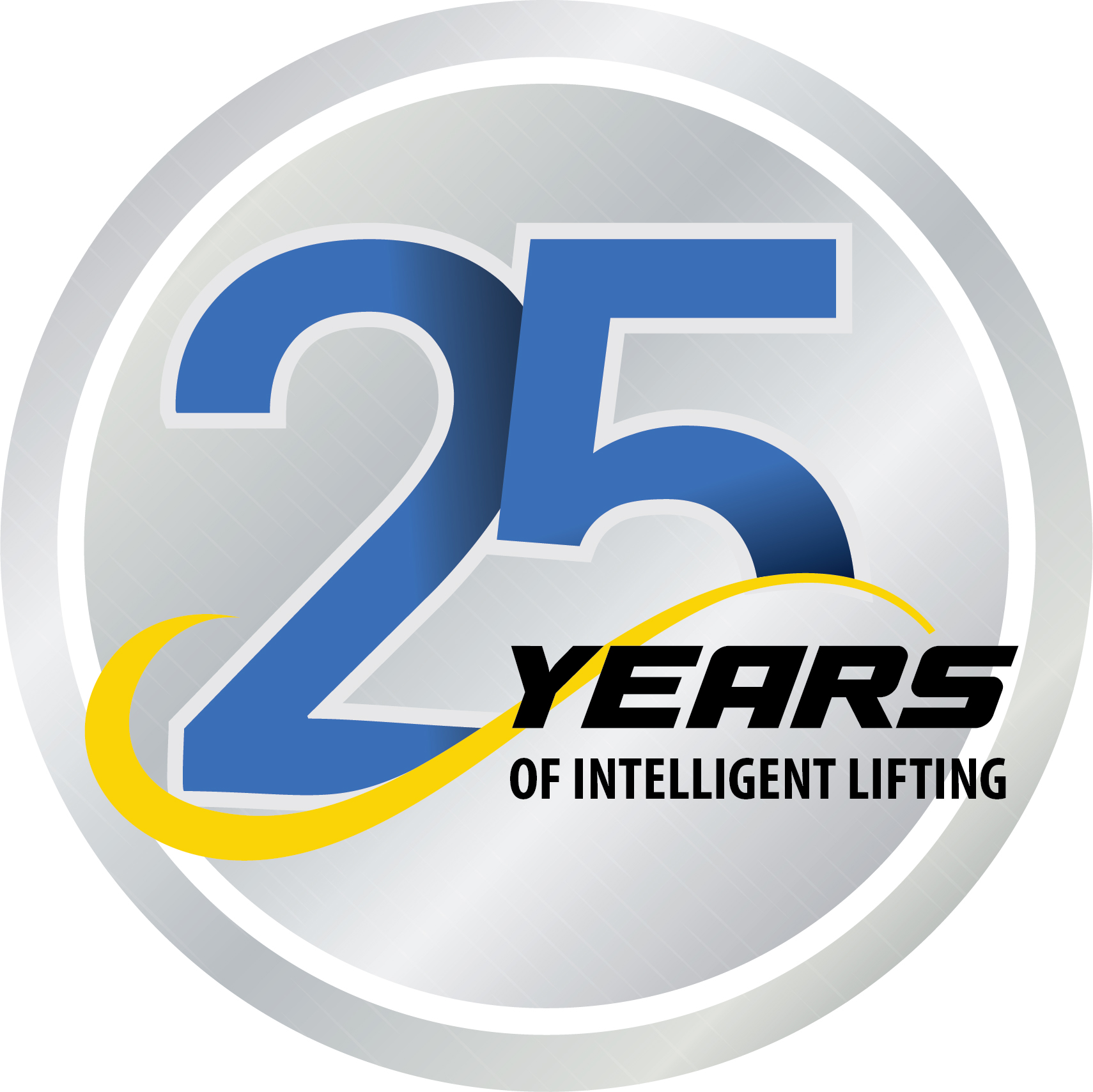DLM Stingray Tracks Subsea Grapnel Train
Dynamic Load Monitoring (UK) Ltd. (DLM) has provided a Stingray acoustic positioning grapnel to enable Leask Marine Ltd. to track a grapnel train within a narrow corridor at a North Sea wind farm.
DLM offers design, manufacture, repair, and calibration of load cells, load monitoring, and cable working equipment for the wind energy, renewables, and telecommunications sectors. It has steadily grown its grapnel range, used for recovering lightweight, fibre optic, or heavier-duty armoured cables on the seabed. The products are used by subsea cable lay companies and ship operators for pre-lay grapnel run (PLGR) and route clearance operations.
In this instance, Leask Marine Ltd, an international marine contractor, was conducting PLGR work ahead of installing two export cables and was seeking a solution that enabled accurate tracking of a grapnel train within a narrow corridor. They required a system that provided complete visibility of the grapnel train’s position at all times, enabling them to ensure it remained within the programmed route over an 80km run.
Technically, the Stingray is not a grapnel, as it doesn’t ‘grapple’ for anything. However, the overall shape of it is based on the front skid of DLM’s wheeled detrenching grapnel. As a grapnel train is being towed it is often assumed that it falls in line with the direction and movement of the vessel and follows the same path. However, this is not necessarily the case due to the length of the tow line and also the length of the train; the whole assembly can wander and in some cases the grapnel train could be outside of the planned route.
Stingray, which gets its name from being relatively flat and moving along the seabed, was the perfect solution; it can be connected in the grapnel train and uses acoustics to send a signal to a vessel towing the train to communicate where it is on the seabed. It is positioned at the rear of a train of multiple grapnels attached together and towed behind the vessel when a PLGR is being undertaken. It is located the furthest away from the ship’s stern.
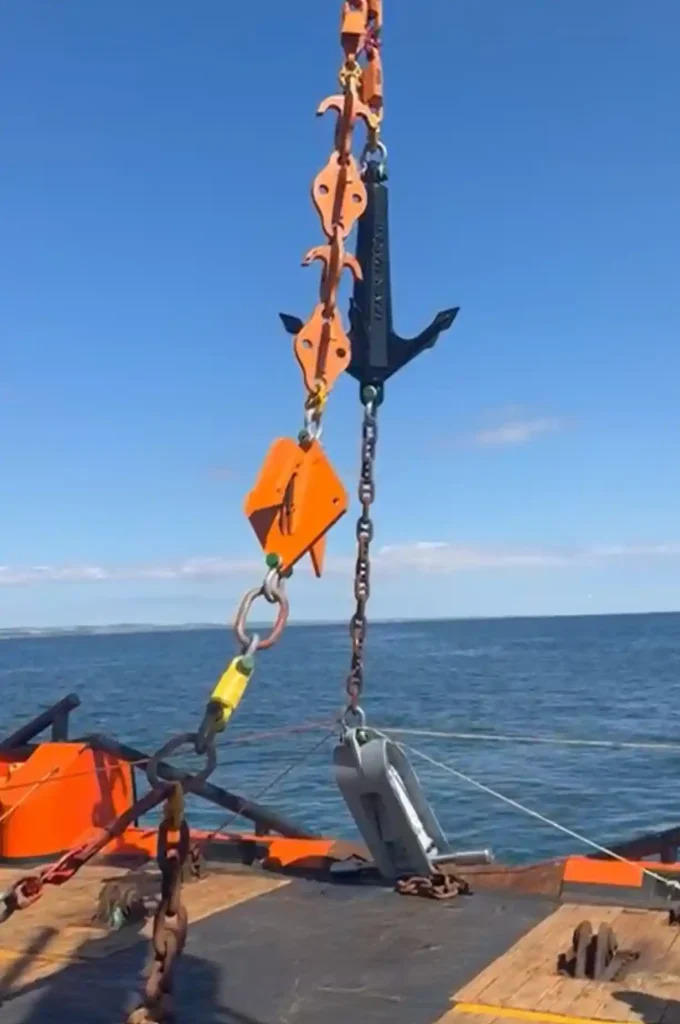
DLM’s Stingray was attached to the grapnel train arrangement throughout the PLGR application.
Clear visibility
Martin Halford, managing director at DLM, said: “Without clear visibility of the grapnel train’s position, PLGR operators cannot react immediately if it deviates from its pre-programmed route. This increases the risk of the train straying into no-go areas, which can lead to serious compliance issues — resulting in fines, equipment damage, and costly delays. Such delays can be significant, particularly when operators are required to repeat sections of the intended route. In offshore operations, where time is a major expense, unplanned re-runs can be the difference between a profitable and a loss-making project.”
The Stingray eliminated uncertainty around route deviations and significantly reduced the likelihood of costly re-runs. By providing live data confirming that the grapnel assembly was progressing along its intended route, the client could act immediately if any deviations occurred.
John F Macleod, commercial director at Leask Marine, said: “We approached DLM to enquire about the Stingray, as we were looking for a way to track our grapnel train. They were quick to react and fast-tracked the manufacture of the Stingray, delivering it on time for our project.
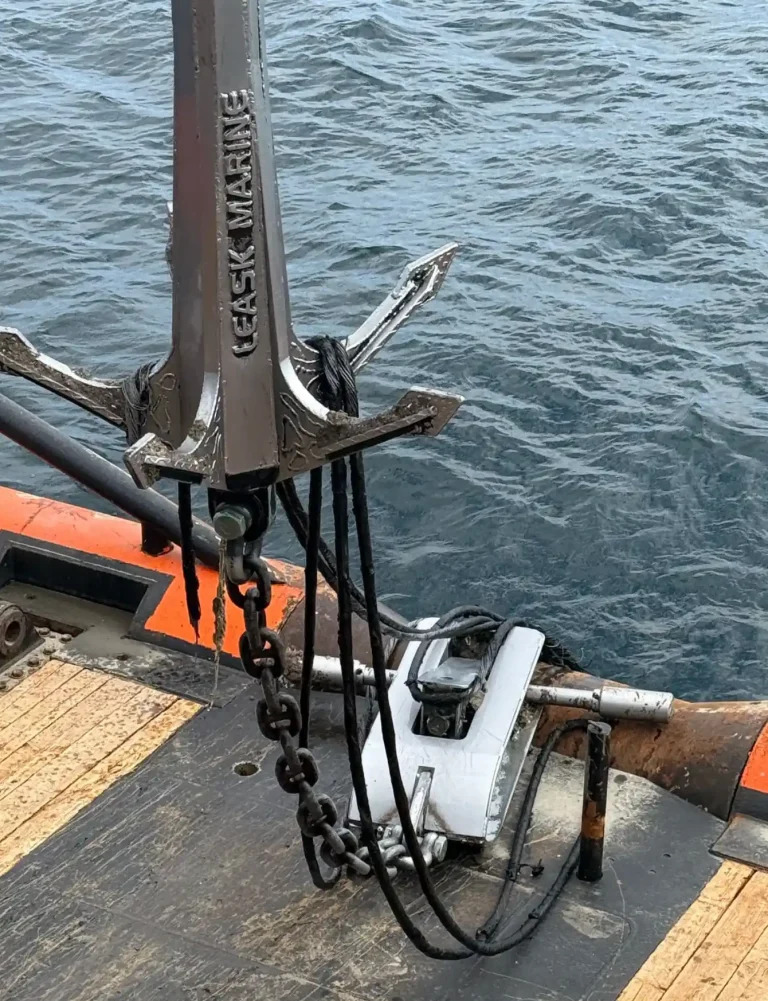
Close-up image of the Stingray attached to Leask Marine’s grapnel onboard the vessel.
“The product gave us complete confidence throughout the operation. By tracking the grapnel train, we were reassured that it was exactly where it needed to be, clear of restricted areas. We were impressed by how reliable and accurate it proved to be, protecting both our equipment and surrounding infrastructure.”
In addition to tracking and avoiding project delays, the Stingray ensured there was no damage to the grapnel train arrangement or any associated equipment. The surrounding environment — wildlife, local pipelines, etc. — wasn’t impacted, and regulatory requirements were met.


